France is pushing forward with its air combat capabilities, announcing the development of an unmanned combat aerial vehicle (UCAV) that will serve as a wingman for its Rafale fighter jets. This move is part of a broader contract with Dassault Aviation to upgrade the Rafale fleet, signaling a significant shift in France’s approach to aerial warfare, according to Defense News.
A Stealthy Companion for Rafale
The new combat drone is designed to be operated directly from the Rafale cockpit, offering pilots an unmanned partner in the sky. This innovative approach aims to enhance the capabilities of France’s air force by providing a stealthy, autonomous companion to its manned fighters. Dassault Aviation CEO Éric Trappier emphasized the importance of this development, stating, “This stealth combat drone will contribute to the technological and operational superiority of the French Air Force by 2033.”
The drone will build on Dassault’s extensive experience with the nEUROn demonstrator, which has been in development since 2003. The nEUROn program has already achieved significant milestones, including its maiden flight in December 2012 and the first release of a weapon from its internal bay in September 2015. This wealth of experience is now being channeled into the new UCAV project.
The combat drone is set to incorporate advanced stealth technologies, ensuring it can operate in contested airspace alongside the Rafale. It will feature autonomous control capabilities with man-in-the-loop functionality, allowing for flexible operation based on mission requirements. The internal payload capacity will enable it to carry a variety of weapons or sensors, adapting to different mission profiles. Perhaps most importantly, the drone is being designed with future-proofing in mind, capable of evolving to meet emerging threats in the rapidly changing landscape of aerial warfare.
Filling the Gap
This development comes at a crucial time for France, as the country faces uncertainty about the timeline for the Future Combat Air System (FCAS) being developed in collaboration with Germany and Spain. The French Senate had previously expressed concerns about this uncertainty, calling for Dassault to begin work on the Rafale upgrade, including a loyal wingman, as early as 2024.
The combat drone project serves as a stopgap measure, ensuring that France maintains its technological edge in air combat capabilities while the broader FCAS program continues to evolve. It also demonstrates France’s commitment to innovation in military aviation, positioning the country as a leader in the development of next-generation air combat systems.
Rafale’s F5 Standard and Nuclear Capability
Alongside the drone development, France is pushing forward with the F5 standard upgrade for the Rafale. This comprehensive upgrade package will significantly enhance the fighter’s capabilities, ensuring it remains a formidable force in the skies for decades to come.
A key component of the F5 standard is compatibility with the future ASN4G nuclear missile. This new missile, which is still in development, is expected to have multiple warheads and performance “in the realm of the hypersonic,” according to Admiral Hervé de Bonnaventure. The integration of this advanced weapon system will maintain France’s airborne nuclear deterrent capabilities.
The upgrade also includes enhanced connectivity features, allowing for better integration with other air and ground assets. Improved self-defense systems will increase the Rafale’s survivability in high-threat environments. These enhancements, combined with the new combat drone wingman, will create a highly capable and flexible air combat system.
Armed Forces Minister Sébastien Lecornu underscored the significance of this upgrade, stating, “For strategic air forces and conventional aviation alike, this is a revolution as significant as the transition from the Mirage 2000 to the Rafale.” This statement highlights the transformative nature of these developments for France’s air force.
DroneXL’s Take
The development of this combat drone wingman represents a significant leap in drone technology and military aviation. It’s part of a broader trend we’re seeing in the industry, where unmanned systems are increasingly being integrated with manned aircraft to enhance capabilities and reduce risks to human pilots.
This move by France aligns with recent developments we’ve covered, such as the US Air Force’s Collaborative Combat Aircraft program. These advancements in AI-driven, autonomous combat drones are reshaping the future of aerial warfare. The integration of unmanned systems with traditional fighter aircraft is likely to become increasingly common, offering militaries greater flexibility, endurance, and capability in combat scenarios.
The French approach, leveraging existing expertise from the nEUROn program and tying the drone closely to the Rafale upgrade, demonstrates a pragmatic path to incorporating these advanced technologies. It will be interesting to see how this program evolves and potentially influences similar developments in other Countries.
What are your thoughts on France’s new combat drone wingman? Do you think this approach will become the new standard for air forces around the world? Share your opinions in the comments below.
Photo courtesy of AFP/ Dassault Aviation.
Discover more from DroneXL.co
Subscribe to get the latest posts sent to your email.
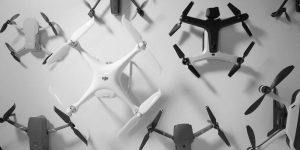


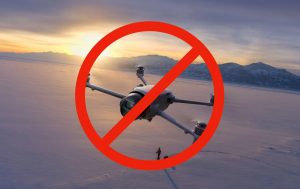
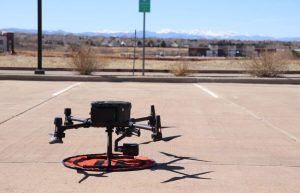



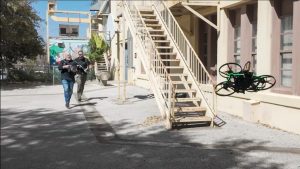
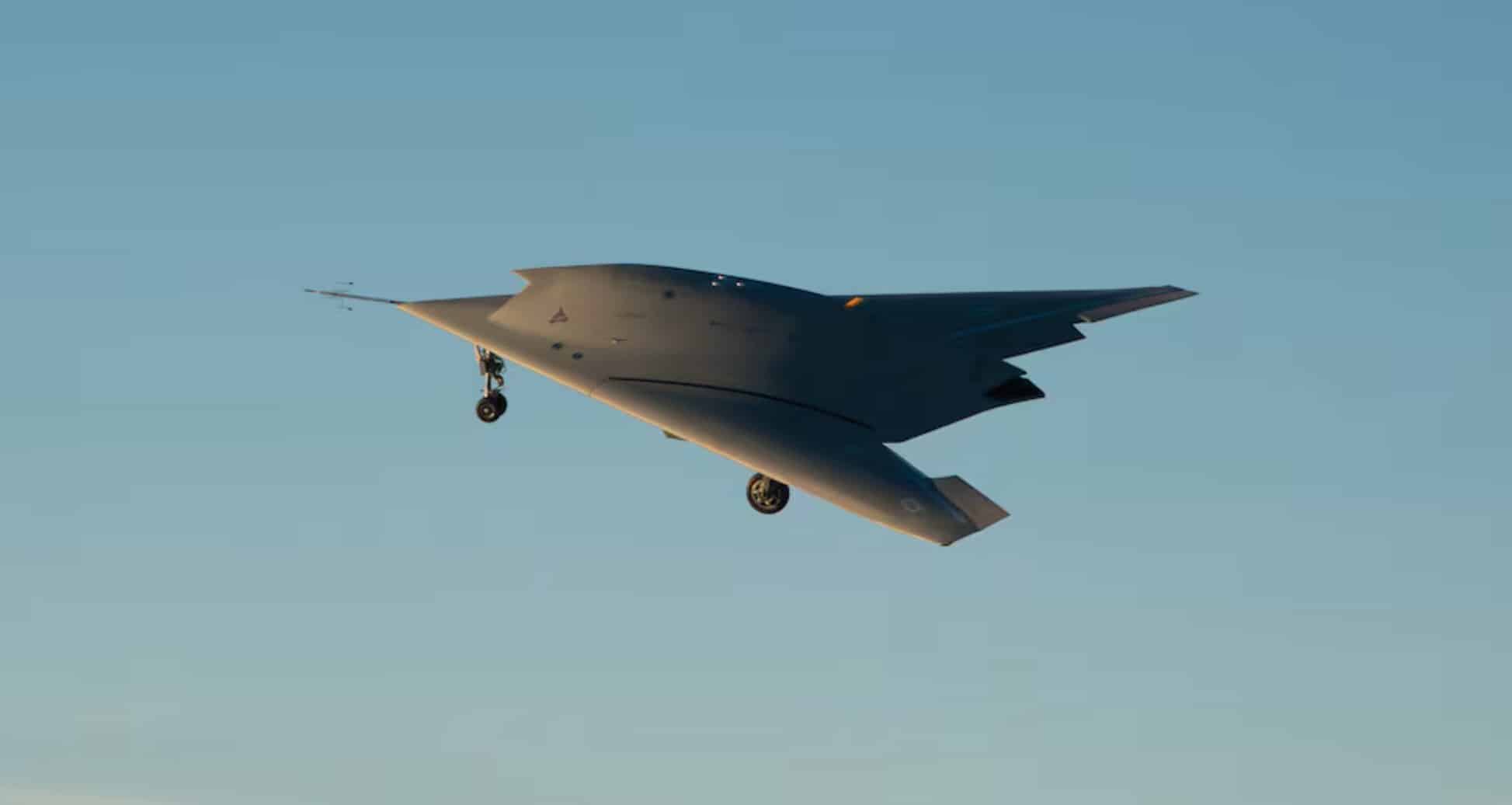
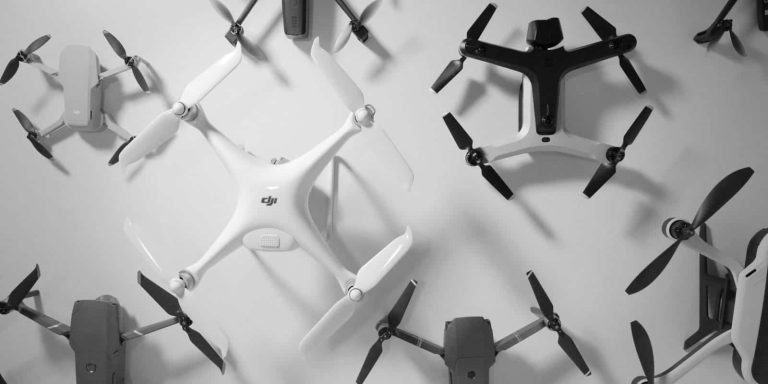


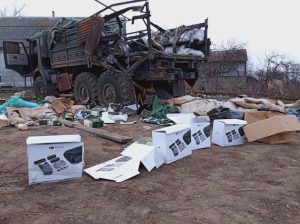
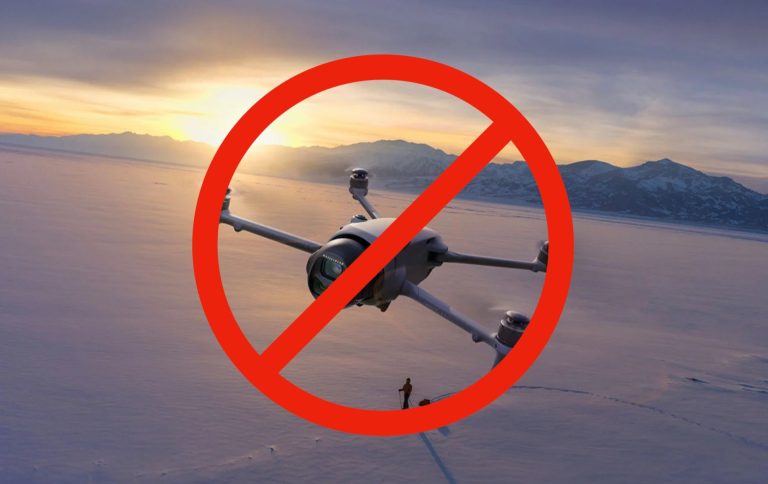
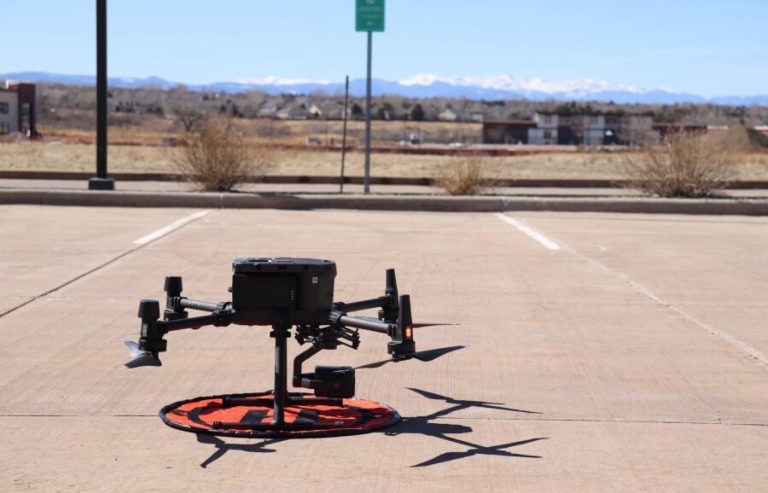
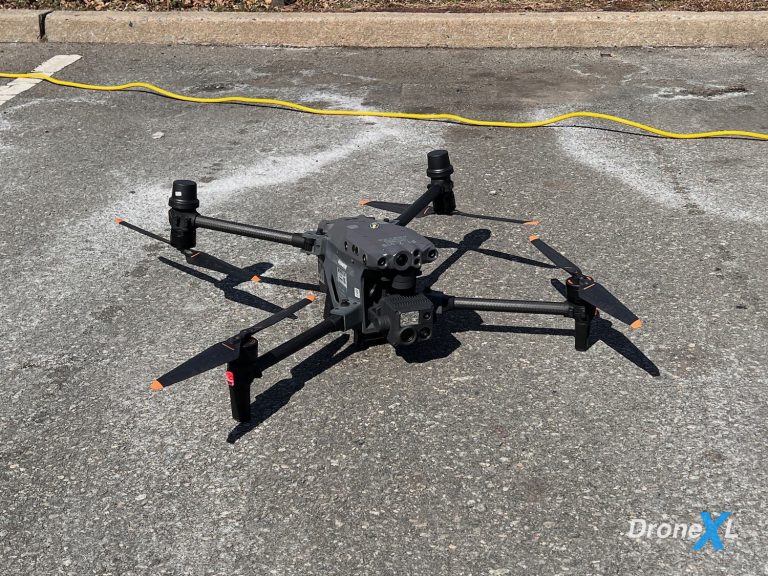


+ There are no comments
Add yours